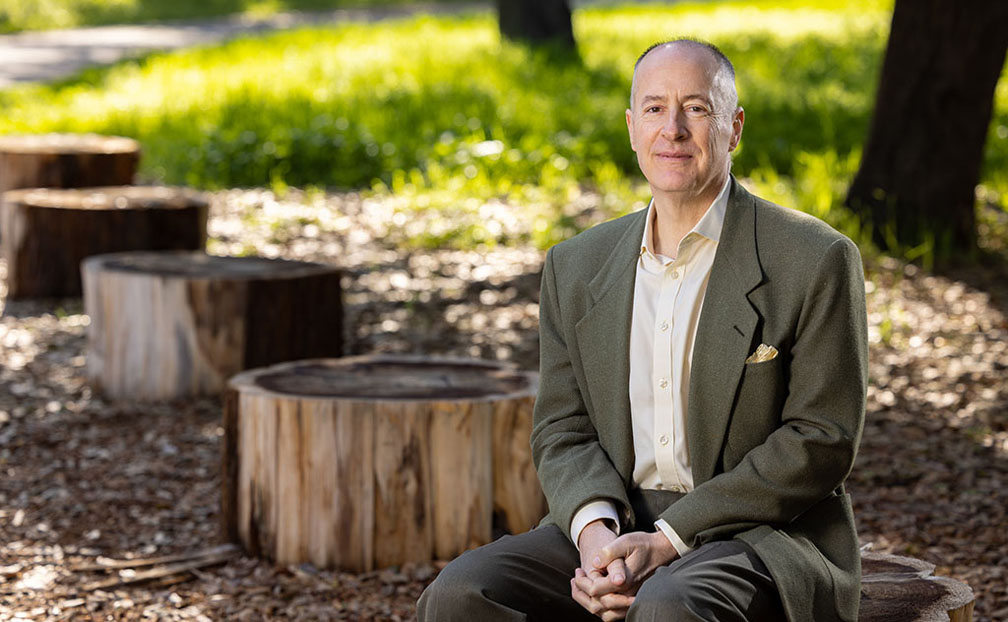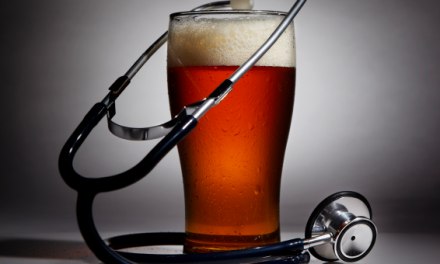For those who aren’t familiar with Dr. Humphreys, he’s Professor of Psychiatry and Behavioral Sciences at Stanford, former Advisor to President Obama on mental health policy, and as far as I’m concerned, the wisest head around when it comes to what works and what doesn’t in addictions. Ezra Klein interviews him at length in a recent podcast, titled “This is a Very Weird Moment in the History of Drug Laws”. It’s available on the Apple Network, for a fee, but hopefully the link will take you to a transcript.
They cover a lot of ground so I’ll jump around a bit in my comments.
HUMPHREYS: “…super strong methamphetamine… is now a larger share of the market than cocaine…”
He must be referring to the P2P meth we wrote about last year. As predicted, it’s taken over in many areas, often mixed with fentanyl and other synthetics to mimic the traditional ‘speedball’ at a fraction of the price.
Dr. Humphreys describes the life of today’s addicted person in vivid terms.
HUMPHREYS: “We now have people with fentanyl using 10, 20, 30 times a day. Their entire existence is– because fentanyl has a very short cycle of action. So you wake up. You’re in withdrawal. Withdrawal is incredibly unpleasant. You may smoke fentanyl, smoke, smoke, smoke. Maybe it takes 10 minutes, 20 minutes, 30 minutes. Your withdrawal finally stops. You smoke some more till you get high. You fall asleep. You wake up, and you’re in withdrawal. And you’re just really stuck like that.”
It’s reminiscent of the impact that crack had when it first hit the city streets. Crack use was so compulsive in nature, so disruptive to normal functioning, that the whole purpose of the addicted person’s daily existence became the procuring and ingesting of the substance. Over and over, to achieve the most transient kind of relief. They literally couldn’t do much else. It was incapacitating, and it changed the face of drug abuse.
Later in the interview. Humphreys has something to say about 12 Step fellowships: “there’s now tremendous evidence that myself and some colleagues assembled in what’s called a Cochrane Collaboration showing that does work, that people do, in fact, as well or better in Alcoholics Anonymous as they do coming to see people like myself.”
I always figured that would turn out to be the case. It wasn’t hard for me, working with addicted people, to understand how a virtually 24-hour, 7 day a week peer support network could outperform a psychiatrist with a prescription pad. Yet many psychiatrists I met seemed to look down on such groups, as unprofessional.
To me, that made no sense. Why not work hand in hand? Professional treatment is by definition time-limited; recovery is not. That journey doesn’t end. Peer-based support is often better able to meet future needs than a brief course of psychotherapy.
For one thing, it’s free.
Before I close, I wanted to include this brief exchange on the subject of cannabis use, and how it’s changing right before our eyes:
HUMPHREYS: The distribution of consumption is also really important to think about. It’s not quite half, but it’s certainly a plurality of cannabis users today are using it every single day, usually a high strength product.
EZRA KLEIN: Wow, really? Almost half?
HUMPHREYS: Yeah. I’d say about 40 percent are daily or near daily users. And so that’s where the money is if you’re running an industry. And so you want to produce cheap high-strength product that that population will use and use and use and use. And I just think we’re really going to regret that.
Yes, I suspect we will. Glad somebody out there is willing to talk about it.













